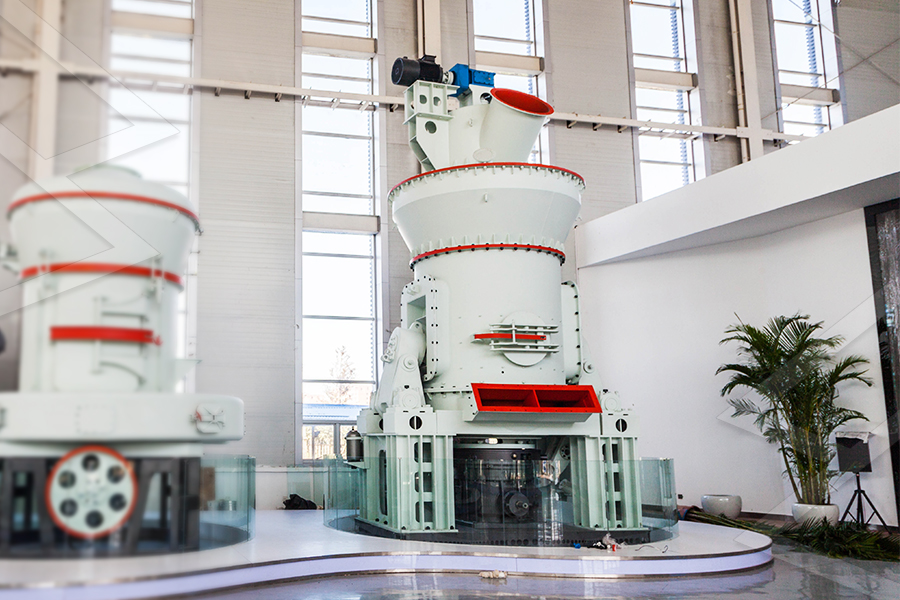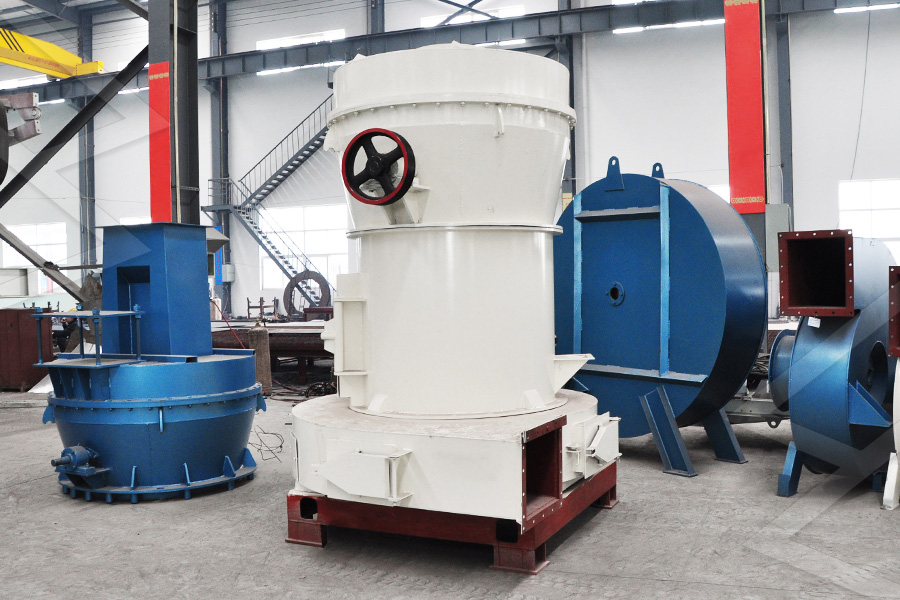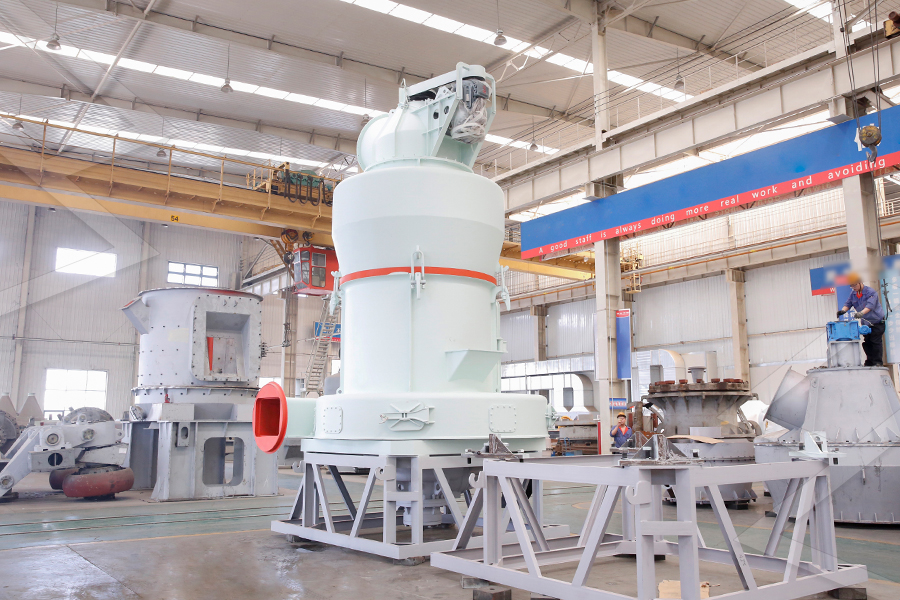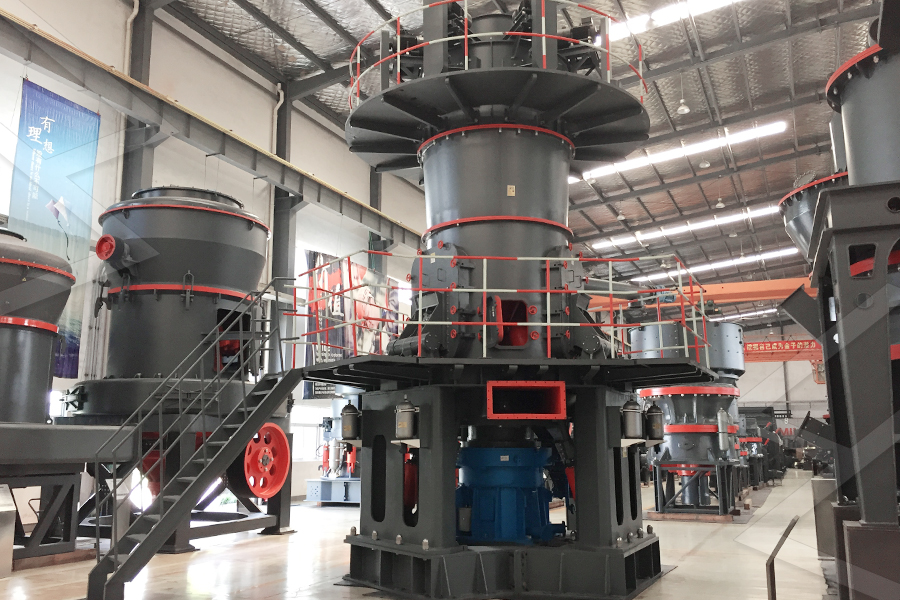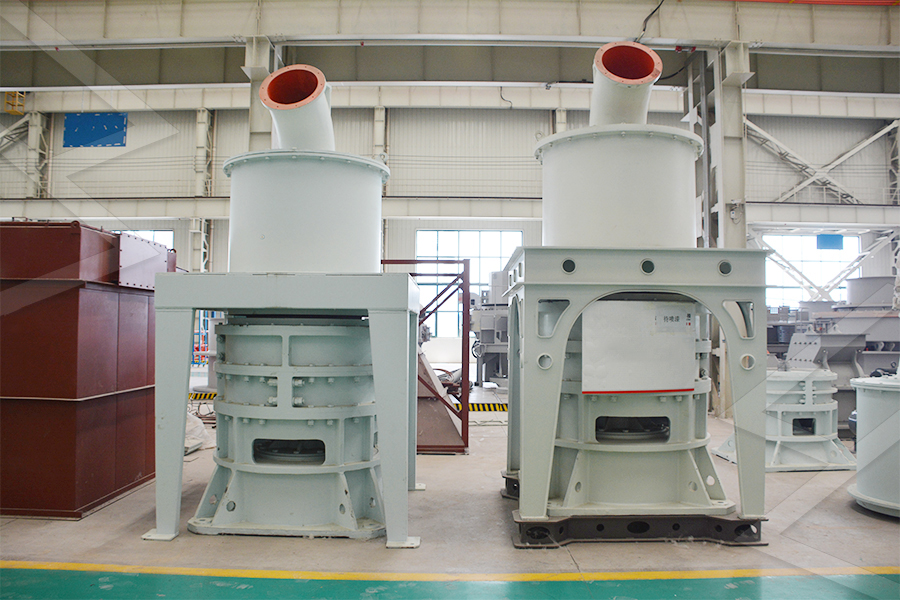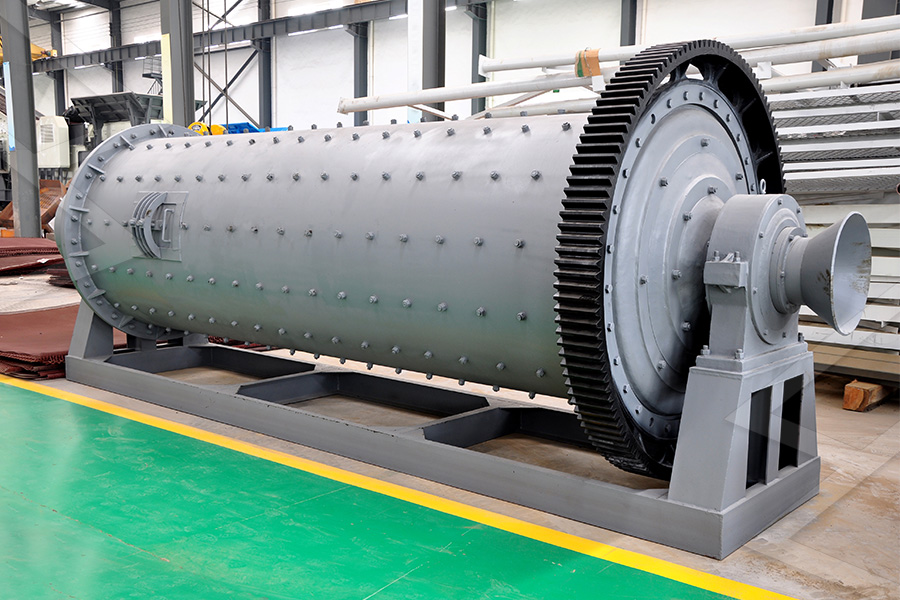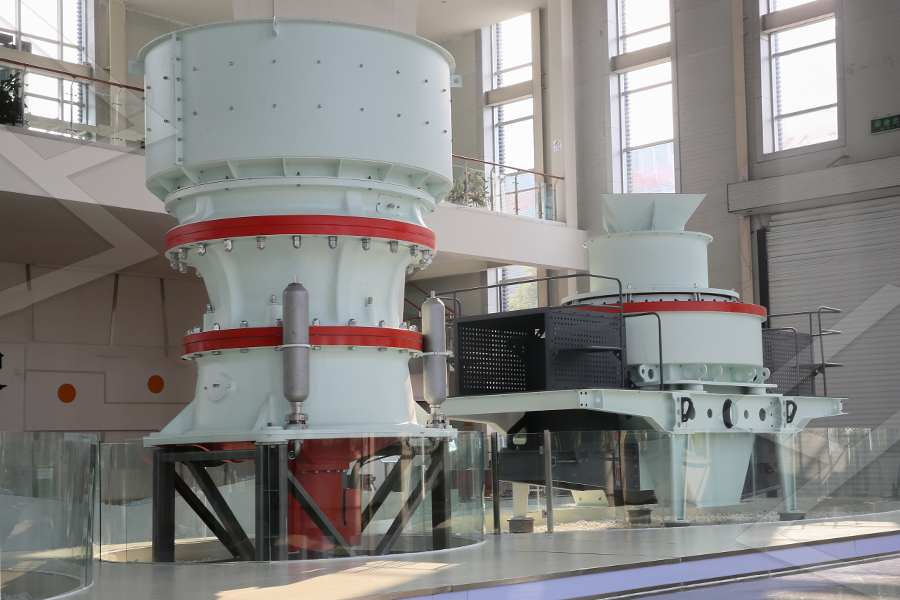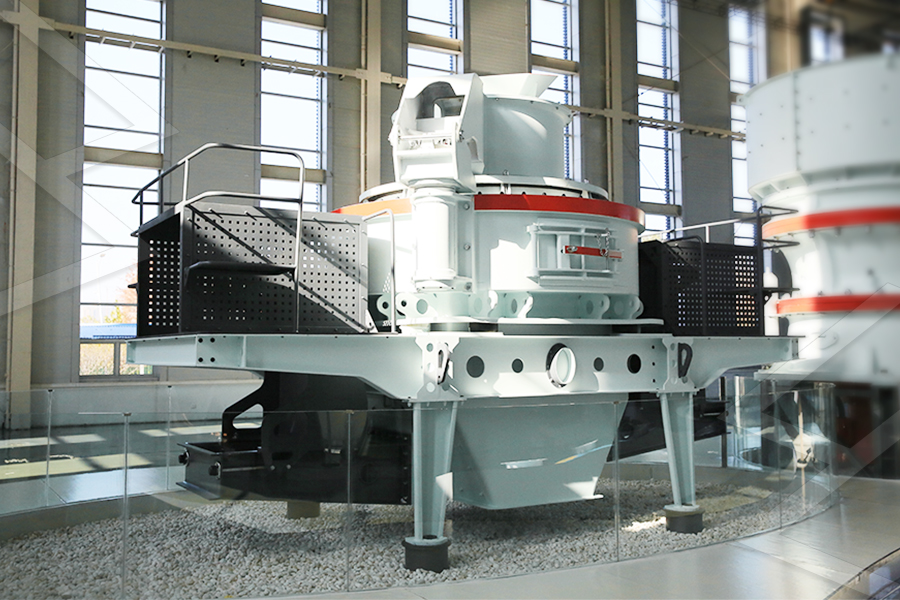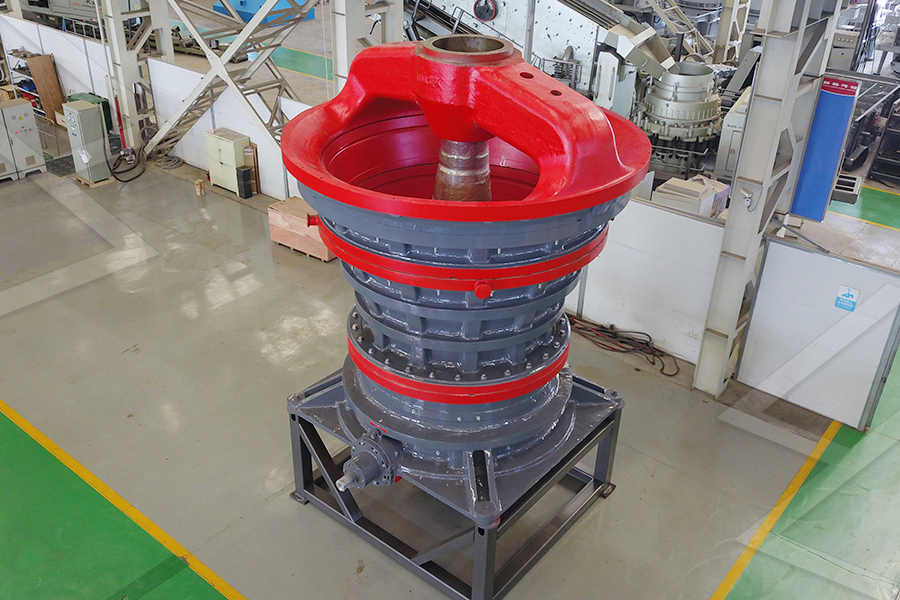Ultra-Fine Mica Grinding Project for Cosmetic Applications (0.8 TPH, 380 Mesh)
Mica, a hydrous aluminosilicate mineral known for its lamellar structure and excellent optical properties, is a critical ingredient in high-end cosmetics—providing shimmer, texture, and skin adhesion. This article details an ultra-fine mica grinding project in Gujarat, India, tailored for a global cosmetic brand. With a production capacity of 0.8 TPH and an output fineness of 380 mesh, the project focuses on preserving mica’s unique flake structure while achieving the ultra-fine particle size required for luxury makeup products.
Project Background and Objectives
The client, a leading cosmetic manufacturer, sought a dedicated mica grinding line to replace its reliance on third-party suppliers, which often struggled to meet the brand’s strict standards for particle size uniformity and flake integrity. Mica used in cosmetics must have a lamellar (plate-like) structure—any damage during grinding reduces its shimmer effect. Additionally, the powder must be ultra-fine (380 mesh, ~38 μm) to ensure smooth application on skin, avoiding a “gritty” texture. The project’s primary objectives were: (1) achieve 380-mesh fineness with >95% particle size uniformity; (2) preserve ≥90% of mica’s lamellar structure; (3) ensure the powder is free of heavy metals (Pb <10 ppm, As <5 ppm) and microbiological contaminants.
Raw Material and Project Setup
Raw mica flakes (sourced from Rajasthan, India) have an initial particle size of 1-5mm and a whiteness value of 88-90%. Before grinding, the mica undergoes a pretreatment process to remove impurities: first, it is washed with deionized water to eliminate dust and clay, then dried in a vacuum oven at 80°C to reduce moisture content to <0.5% (moisture can cause agglomeration during grinding). The dried mica is then fed into a magnetic separator to remove iron impurities (common in natural mica), ensuring the final product meets the cosmetic industry’s heavy metal standards.
